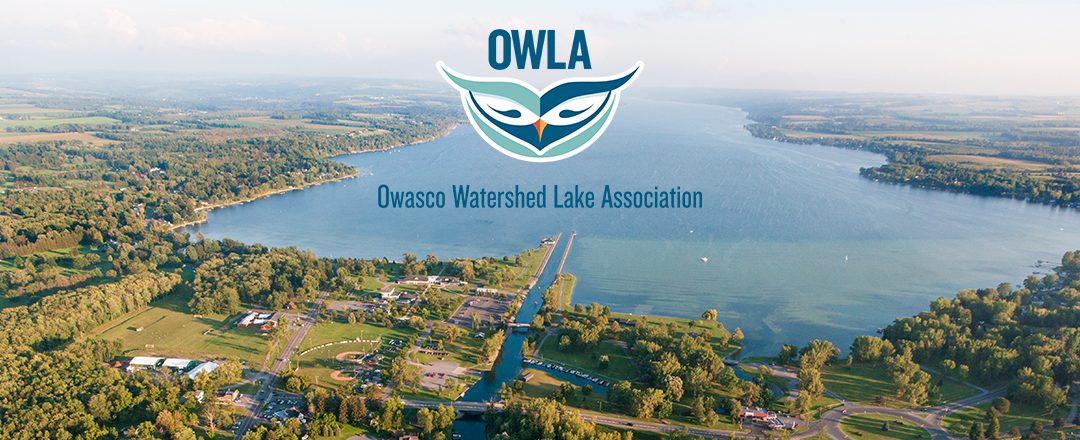OWLA: Ongoing efforts for a cleaner Owasco Lake
Rick Nelson Special to The Citizen
Do you want muddy sediment flowing into your drinking water source? Do you
want this sediment laden with nutrients feeding excessive weed growth and
contributing to potentially toxic harmful algal blooms? Do you know there are several governmental agencies, along with nonprofit organizations, actively working to reduce
the amount of sediment flowing from our streams and ditches?
Within the lake’s 200-square-mile watershed, Cayuga County Soil and Water
Conservation District personnel have installed water and sediment control basins,
numerous agricultural land drainage improvements (i.e. grassed waterways), miles of
roadside ditch and stream bank stabilization measures, and assisted with funding for
winter cover crops. The basins are easily identified by the orange standpipe out in
middle of a field. Over just the last two years, the district has sprayed over 20 miles of
scraped roadside ditches with green “hydroseed,” allowing new grass to hold back
erosion. In steep areas where hydroseeding is not practical, large quantities of rock are
installed. Reducing the scouring effect from roadside ditches is very important since
research estimates they contribute 22% of the sediment entering Owasco Lake. Using a
variety of best management practices, the district stabilized eroding streambanks on
six major streams and 25 smaller tributaries. At another site, they created a 2.5-acre
floodplain/wetland ecosystem. A very effective soil retention practice is the expanding
use of winter cover crops. Driving around our rural roads, you have probably noticed
that many of the fields are covered in green grass or similar small plants — winter
cover crops hold the soil in place. Farmers keep more of their valuable topsoil.
The Cayuga County Water Quality Management Agency’s Nutrient and Sediment
Working Group compiled the county’s Guidelines for Municipal Maintenance of
Roadside Ditches.
The Owasco Inlet provides about 50% of the lake’s total water inflow. A unique project
to capture sediment just upstream in the Owasco Flats involve three new ponds. Bruce
Natale, recently retired engineer with Cayuga County Planning & Economic
Development, shepherded their installation. They will divert and collect large volumes
of inlet water during high flow, allowing sediment to settle out in the ponds.
Also in the flats, several plots of land were acquired by different entities — the city of
Auburn, the Nature Conservancy and the Finger Lakes Land Trust. Their similar goals
are to maintain or restore these properties with their natural vegetative habitat,
including wetlands at some sites. These measures provide maximum soil retention and
nutrient filtration capabilities and additional wildlife habitat. In October, the land trust
established the Owasco Bluffs Nature Preserve, protecting 1,100 feet of the lake’s
shoreline. The Nature Conservancy acquired another valuable property upstream and
adjacent to Fillmore Glen State Park. Its emphasis is to find other properties in the
watershed that have the most impact on maintaining water quality.
All of these efforts require funding. The major sources are federal, state and nonprofit
grants. Many grants require cost-sharing. For example, donations from local
foundations and private citizens allowed the Owasco Watershed Lake Association to
cost-share some of the roadside ditch work.
The inspectors from the Owasco Lake Watershed Inspection and Protection Division of
the Owasco Lake Watershed Management Council regularly examine the watershed for
areas to minimize sediment loss and erosion. If you see a problem, visit
owascoinspection.org.
For more detailed info about sediment control measures, attend OWLA’s annual Bob
Brower Scientific Symposium (in plain English), in person or virtually, the morning of
Saturday, March 6, at owla.org.
Rick Nelson is a member of the board of directors of the Owasco Watershed Lake Association.

Recent Comments